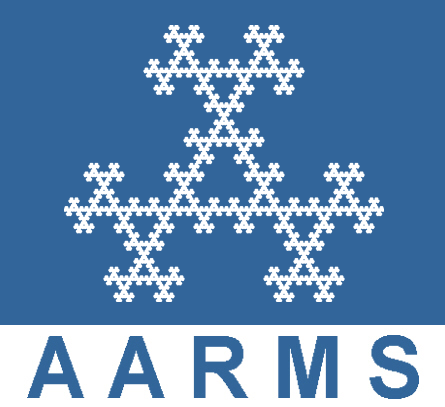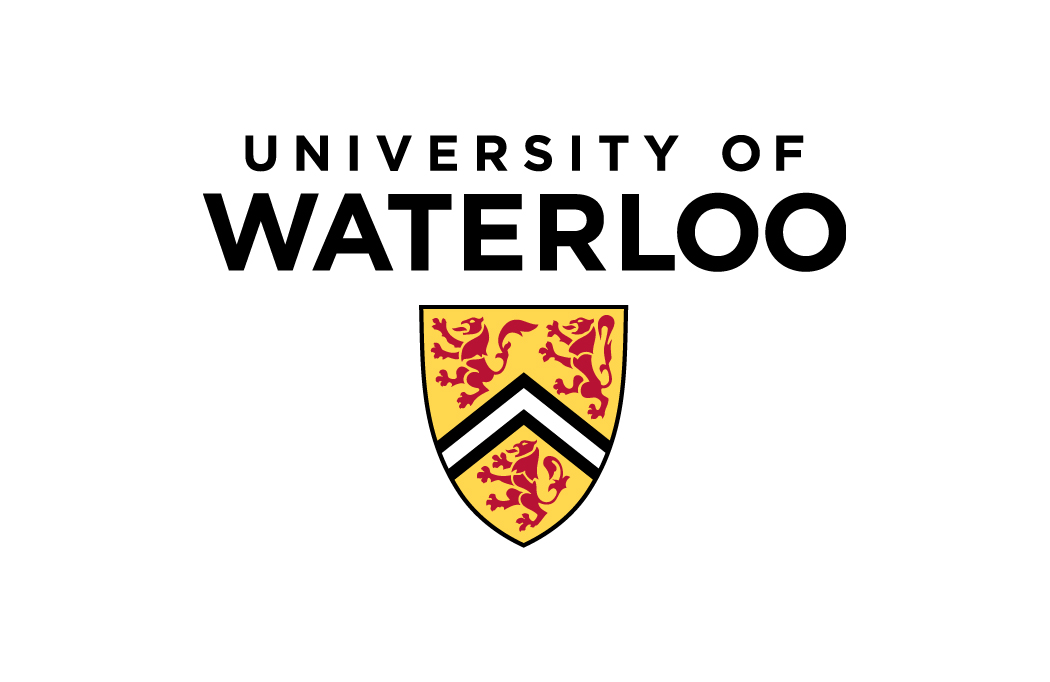2017 CMS Winter Meeting
Waterloo, December 8 - 11, 2017
Org: Malgorzata Dubiel (Simon Fraser University) and Kseniya Garaschuk (UFV)
[PDF]
- DARJA BARR, University of Manitoba
Bridging the Gap with Diagnostic Testing [PDF]
-
Some research done by mathematicians and mathematics educators claims that the math skills of incoming university students have been declining over the past 20 years or so, and data collected at the University of Manitoba from our incoming Calculus students supports these claims. Enrolment in first year mathematics courses continues to increase while success rates continue to decline, and the gap between high school Pre-Calculus and university Calculus grades continues to grow.
In order to address this increasing gap from high school mathematics to university mathematics, many universities use Diagnostic or Placement Testing in order to identify individual areas of weakness and direct students towards appropriate remediation.
This talk will focus on the research behind Diagnostic (or Placement) testing, and describe the struggles to implement such a testing mechanism at the University of Manitoba.
- ANDIE BURAZIN, University of Toronto Mississauga
When Jay-Z showed up in Calculus at 4:44 [PDF]
-
I will discuss my attempts to improve students’ first-year experience in mathematics courses. I am a new professor (teaching stream) and face the usual challenges: large classes, a fixed curriculum, service courses that cry out for change, and new students with varying levels of mathematical experience and skill. We are expected to demonstrate the relevance of what we teach to other math courses and to everyday life, yet few students will take higher-level mathematics courses, and the applications on which we focus seldom reflect (directly) anything like real life. What are we to do? One thing that I have tried is to engage students less formally by allowing my personality – thus, more of my life – into the classroom. In our heavy driven social media society, it is important for students to see their instructors as real human beings who have an abiding passion for the subject matter and who really care about students. To this end, instructors should explore opportunities for references that resonate with students and that cast mathematics in a less threatening light. I will discuss the benefits of a more “human” approach with reference to the literature as well as to my teaching evaluations and a recent survey of mine. I will also share some sample phrases and references from class that students apparently like and that can serve them as mnemotechnic rules. Too many students experience first-year calculus as an ordeal [or: as anything but fun], but I want to make it fun!
- KSENIYA GARASCHUK, University of the Fraser Valley
Assessing and addressing students' calculus readiness [PDF]
-
The largest first-year university courses contain the most diverse audiences. Regardless of how universities filter incoming students into their respective calculus courses (based on their high school grades, their intended major, etc), each course still contains a wide variety of students in terms on their level of preparation. Yet, the students enrolled in the same calculus course will all be given the same materials and same resources, independently of what their precalculus knowledge might be. One thing we can do is provide students with an opportunity to self-assess their precalculus skills and, if possible, address holes in their knowledge.
In this session, I will describe the process of creation, implementation and analysis of a Calculus Readiness Test. I will share the results of running this type of assessment in two different postsecondary institutions: we will examine the topics that this assessment covers as well as students' performance on various questions. We will then discuss the resources we can provide to students seeking additional help with precalculus review. Finally, I will demonstrate how such a test can be used to identify groups of students at high risk of failing their respective calculus course.
- JOHN GRANT MCLOUGHLIN, University of New Brunswick
Surprises, Insights, and Challenges with the "Long" Calculus Course [PDF]
-
The "long" calculus course refers to a first year offering at University of New Brunswick that incorporates both the pre-calculus and introductory differential calculus courses over the entire academic year. Only three credits are awarded with students writing the calculus course exam in common with any winter sections. One section has been offered annually for many years with usually about 75 students, though this year there are over 100 students in the long calculus course.
Who are the students in this class? What benefits does this course option offer? What concerns does the course address and/or raise through its unusual setup? This being my third time teaching the course has given me a window for reflection on such questions. Various factors affect the picture including not surprisingly the calculus narrative itself along with prior individual mathematical experiences, class size, pace, and advising practices. However it is the surprising interplays - whether intended or not - that have struck me as being significant to bring into the presentation. Amongst these elements are physical and mental health, the placement test, and the development of community and relationship.
The course has a blend of strengths and weaknesses, along with an unusual changing personality of its own shaped largely by the teacher and students in any given year. An effort will be made to bring forth some provocative insights and observations with the intention of enriching the discussion of the first year experience.
- DEBORAH HUGHES HALLET, University of Arizona/Harvard Kennedy School
Serving Underprepared Students [PDF]
-
In many US colleges and universities, many incoming students are not prepared to take credit courses in mathematics. Traditionally, they are placed into remedial courses that they must pass before entering credit courses. However, the success rate of students placed into remedial sequences is often alarmingly low, leading to concerns about student attrition. One approach that shows promise in addressing this problem is co-remediation, or just-in-time teaching, that allows students who do not place into a course to take it by studying prerequisite material concurrently. In this talk, we will consider what can make such an approach successful and what the dangers are. With examples from several courses (calculus, precalculus, algebra, statistics), we will look at questions to consider in designing co-remediation. How should background material be designed? Where and when should it be introduced? What pedagogy is most effective? How much emphasis should be placed on testing? On study skills? We will also talk about how a department can manage and evaluate co-remediation efforts.
- RICHARD HOSHINO, Quest University Canada
Creating Mathematical Gateways [PDF]
-
In this talk, I will share two programs pioneered by colleagues at my small liberal arts and sciences university. \\ \\ The first initiative is our Math Foundation program, created by Glen Van Brummelen, where all incoming students take a Mathematics course that embodies a mode of inquiry rather than a specific set of content. Instead of a broad survey or service course, or a ``gatekeeper'' course such as Calculus I, our Foundation program includes offerings such as Spherical Trigonometry and Mathematical Problem-Solving. As a result of students starting their university mathematics education in this manner, we find great success in our ability to attract students to our subject, with many students choosing to take additional math courses, and even pursue graduate studies in mathematics. \\ \\ The second initiative is our Quantitative Skills Program (Q Skills), to prepare students for an intensive undergraduate curriculum where quantitative reasoning is embedded into nearly every course. The Q Skills program, created by Chris Stewart, is divided into four strands called Number, Graphs, Algebra, and Measurement, and helps students work logically and effectively with numbers, to question quantitative information, and to analyze quantitative evidence. First-year students must complete a diagnostic for each individual strand, as many of our courses require completed strands as prerequisites to ensure that students are well-prepared. As a result of distinguishing mathematics from quantitative reasoning, first-year students discover that Q Skills serves as their ``gateway'' to interesting and challenging courses across the liberal arts, including upper-year courses in mathematics.
- VESELIN JUNGIC, Simon Fraser University
Learning From Australian Experience: The First Year Mathematics Coordinators’ Network Project [PDF]
-
In this talk I will summarize the findings presented in the final report for "The First Year Mathematics Coordinators’ Network Project" that was ran at several Australian universities between 2012-2014. I will invite the audience to reflect on and compare the outcomes of the project with their own experiences in teaching and/or coordinating first year math courses at Canadian universities.
- MARGO KONDRATIEVA, Memorial University (MUN)
Implementing interactive texts in first year undergraduate mathematics [PDF]
-
An interactive text is a computer-based reading material that gives students a possibility to experiment with mathematical figures and equations. Interactive components are becoming a popular part of textbooks and courses because by using them, students can give interpretations of mathematical definitions and theorems, observe dynamic invariants or patterns and produce own conjectures.
In this talk I will discuss our project on creating interactive texts on “functions’ transformations” and implementing them in Pre-calculus teaching. I will summarize students’ feedback concerned with clarity and usefulness of the texts and its ability to engage and develop interest in the subject. The data collected in this project is useful to understand freshmen’s needs, attitudes and preferences in studying mathematics.
- MIROSLAV LOVRIC, McMaster University
If Not Calculus, Then What? [PDF]
-
After giving an outline of a large-scale initiative at McMaster to introduce mandatory literacy and numeracy requirements for all students in Science, Social Sciences and Humanities, I will focus on my experiences with creating and teaching my vision of a numeracy course.
The course “Numbers for Life,” now in its second iteration, is (among other things) my attempt at trying to answer the question many of us are asking – if a student needs to take only one math course at university, what would that course be? Calculus and linear algebra are needed for further math development; however, they place numerous constraints on the content that can be used to discuss applications. We have to admit that many “real life” applications in textbooks for these courses are artificial and not at all real life. In designing my course I worked backward, by looking at quantitative narratives addressing important contemporary issues in books, newspapers and internet, and then extracting (rich!) math content from it.
Besides presenting “Numbers for Life” course design and showing a few examples, I will discuss related future plans, which include bringing non-traditional math content into level 1 courses for Math and Stats majors.





